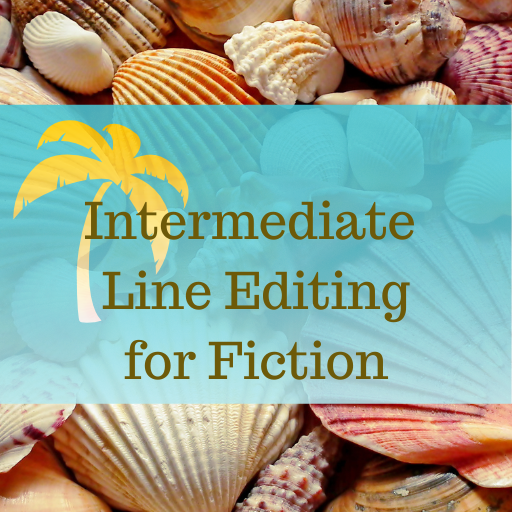Line Editing for Parallelism
Line editing for parallelism sometimes requires being a line editor detective—solving the sentence-level issues to take a manuscript to the next level.
Editing Detective: Line Editing for Parallelism
As a line editor, sometimes the problems I catch are obvious (“Roy laghed at the joke”) but sometimes they’re not. Sometimes being a line editor is a little like being a detective, trying to figure out what’s going wrong in a sentence. Those are my favorite kinds of problems.
One of those subtle things that can go wrong at the sentence level and that I have to track down is parallelism. Parallelism, simply put, is the repetition of a grammatical structure: “I came, I saw, I conquered.” Pronoun + verb, pronoun + verb, pronoun + verb. This sentence would not be improved by adding other words: “I came, I looked around at things, then I conquered the place.”

Creating parallelism in a sentence can make an author’s prose sound smoother. Meaning (and even emotion) is created through the repetition of form. The reader sees how the ideas are connected.
Here’s an example of a sentence that is begging for parallelism:
James sat astride his chestnut horse, glaring at the scene of carnage, blood and fire and death.
Using the principle of parallelism we could edit that to:
James sat astride his chestnut horse, glaring at the scene of carnage and blood, fire and death.
Here’s another:
They found Stephen kneeling by the new cairn he’d built, not praying before it as the Sige sometimes prayed to their ancestors, but regarding it, as if deciding whether it were appropriately completed. Not too high and not too elaborate—there was no need to elevate a coward. But it could not be too low and haphazard, to insult a forebear.
This could be:
They found Stephen kneeling by the new cairn he’d built, not praying before it as the Sige sometimes prayed to their ancestors, but regarding it, as if deciding whether it were appropriately completed. Not too high and not too elaborate, to elevate a coward. But not too low and too haphazard, to insult a forebear.
And here’s one that stumped me for a bit because I knew something was wrong but didn’t spot the parallelism problem right away:
Washing my hands at the sink, trying to avoid getting my cast wet, I saw in the mirror that my skin seemed to both sag and stretch: to have sagged into new wrinkles yet stretched tight over bones.
Then I came up with:
Washing my hands at the sink, trying to avoid getting my cast wet, I saw in the mirror that my skin seemed to both sag and stretch: to have sagged into new wrinkles yet to be stretched tight over bones.
But I admit I am still pondering the possibilities of that one!
Practice is the best way to develop your editing detective skills to master line editing for parallelism.
Tips for Editors & Writers
-
Pay Attention to Red Flags
A while back, I was looking for an apartment to rent in Los Angeles and I found a possibility on one of the rental sites (you know, like Apartment.com or Zillow). The property described sounded like what I was looking for and the rent was about right for the age of the property, its amenities,…
-
Fire Bad Clients
I often encourage freelance editors to work with corporate clients, such as book publishers and packagers, in order to provide a more stable workflow and better-paying work. Indie authors may be great fun to work with, but one author typically won’t come to you ten or fifteen times a year with more work, the way…
Join the Club!
New to story editing? Begin at the beginning.



